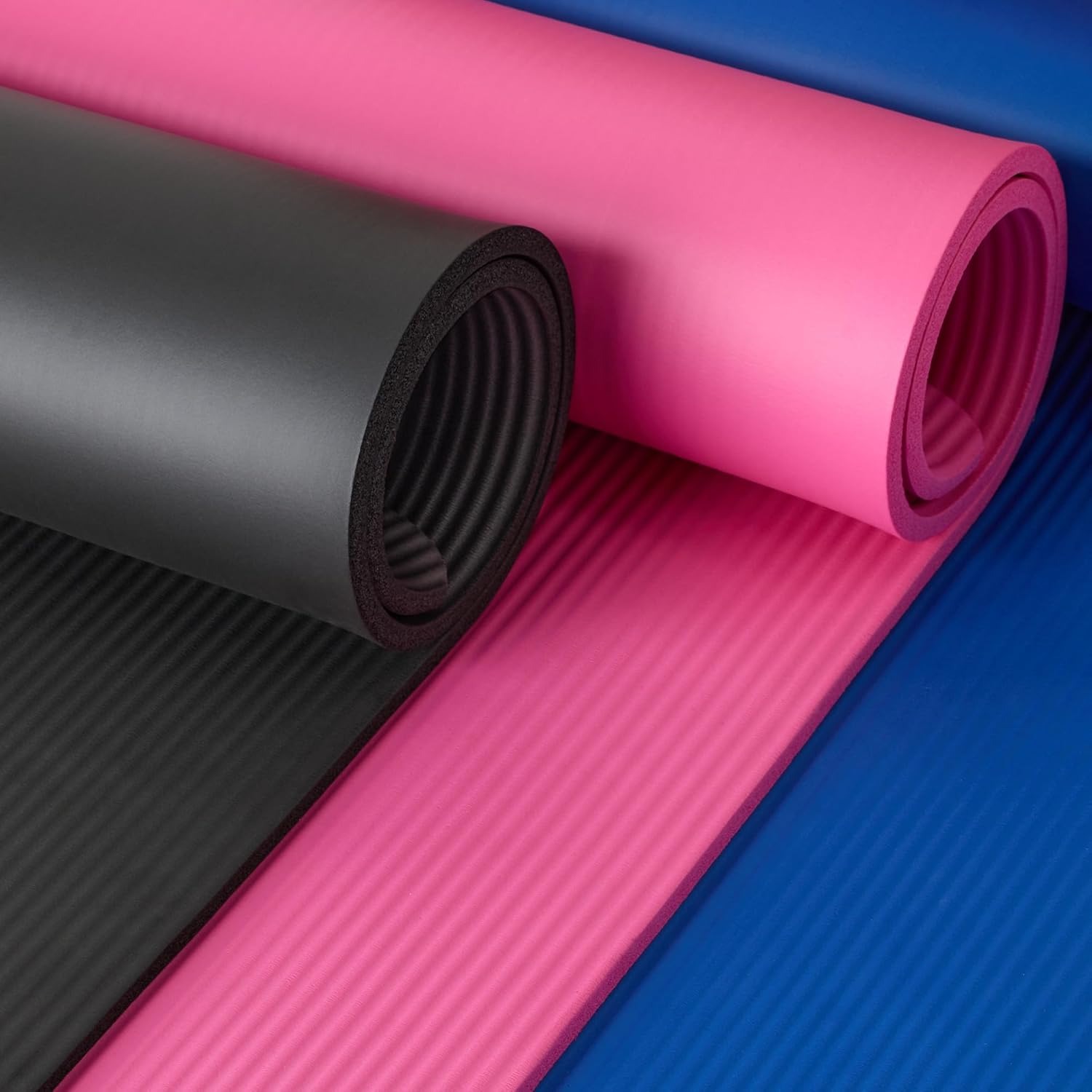Importance of Selecting a Clean Facial Cleanser
Choosing the right clean facial cleanser is crucial for maintaining healthy skin. A good cleanser helps remove dirt, oil, and makeup without stripping the skin of its natural oils. Each day, our skin encounters various pollutants and impurities. Using a clean facial cleanser ensures that these are gently removed, preventing clogged pores and breakouts.
Moreover, clean facial cleansers tend to have fewer harsh chemicals. This means they are less likely to irritate or cause adverse reactions on the skin. This is especially important for those with sensitive skin. A harsh cleanser can lead to redness, dryness, and even more severe skin issues.
Another reason to opt for a clean facial cleanser is the environmental impact. Clean beauty products often focus on sustainable ingredients and packaging. By choosing a clean facial cleanser, you are not only taking care of your skin but also making an environmentally conscious choice.
Lastly, using the right cleanser can prepare your skin for the rest of your skincare routine. It allows subsequent products like toners, serums, and moisturizers to penetrate deeper and work more effectively. Therefore, the importance of selecting a suitable clean facial cleanser cannot be overstated. It’s the foundation of a skincare regimen that supports both the health of your skin and the environment.
Key Ingredients to Look for in a Clean Facial Cleanser
When searching for an effective clean facial cleanser, take note of the key ingredients that can benefit your skin. These ingredients should promote cleansing and nourishing without compromising your skin’s natural barrier.
- Hydrating agents like glycerin or hyaluronic acid help to retain moisture. They keep skin hydrated as you cleanse.
- Antioxidants, such as vitamin C or green tea extract, protect your skin from damage by free radicals. They also have anti-inflammatory properties.
- Ceramides maintain the skin’s protective barrier. They are essential for locking in moisture and protecting against irritants.
- Mild surfactants like decyl glucoside gently lift away impurities without drying out the skin. They are crucial for a non-stripping cleanse.
- Botanical extracts from ingredients like chamomile or aloe soothe and calm the skin. They are great for sensitive skin types.
- Essential oils such as tea tree or lavender offer natural antibacterial benefits. However, use them cautiously as they can be irritating to some skin types.
Always check the ingredient list to ensure that a clean facial cleanser doesn’t contain harsh chemicals, such as sulfates, parabens, or artificial fragrances. These can strip the skin of its natural oils and cause irritation. With the right mix of gentle, nourishing ingredients, clean facial cleansers can help uphold the health of your skin and support its natural function.

Understanding Skin Types and Matching Cleansers
When choosing a clean facial cleanser, consider your skin type. This helps ensure the cleanser works well with your skin without causing issues. Here, we will discuss the common skin types and the kind of cleansers that suit them best.
- Normal skin: This skin type is not too oily or dry. Look for a balanced clean facial cleanser with hydrating and mild ingredients.
- Oily skin: Oily skin can benefit from a cleanser with ingredients like salicylic acid. It helps control excess oil and prevent acne.
- Dry skin: For dry skin, choose a cleanser with extra hydrating agents like hyaluronic acid. It helps maintain moisture levels.
- Combination skin: This type has both oily and dry areas. A gentle cleanser that can balance the skin’s needs is ideal.
- Sensitive skin: Select a cleanser with calming botanicals. Avoid fragrances and harsh chemicals that can irritate.
Match your cleanser to your skin type for a healthy skin balance. Always patch test new products and introduce them into your routine slowly. This way, you can observe how your skin reacts and make sure the product is a good fit.
The Difference Between Regular and Clean Cleansers
When we talk about regular cleansers, we’re often referring to conventional face wash products. These might contain artificial colors, fragrances, and a variety of synthetic chemicals. Regular cleansers can be effective in removing impurities, but they may strip the skin of its natural oils. This can lead to dryness, irritation, or even allergic reactions, especially for those with sensitive skin. Some of these products also include ingredients like sulfates and parabens, which some people prefer to avoid due to health and environmental concerns.
Clean facial cleansers, on the other hand, prioritize the use of natural or plant-based ingredients. They avoid harsh chemicals that can upset the skin’s natural balance. Clean options often exclude sulfates, parabens, and synthetic fragrances. This makes them gentler on the skin. Because they are formulated with milder ingredients, clean facial cleansers maintain the skin’s moisture and natural oils. By doing so, they promote a healthier skin barrier.
Aside from their skin-friendly ingredients, clean facial cleansers also focus on sustainability. This aligns with a growing consumer demand for eco-friendly products. These cleansers are usually packaged in recyclable materials and manufactured with environmental impact in mind. So when you opt for a clean facial cleanser, you are not only supporting your skin’s wellbeing but also contributing to the health of our planet.
Choosing between regular and clean facial cleansers depends on personal preference and skin type. But with the global trend leaning towards more natural beauty routines, clean facial cleansers are quickly becoming the go-to choice for conscious consumers.

How to Read the Labels on Clean Facial Cleansers
Reading the labels on clean facial cleansers can sometimes be confusing. Here’s a straightforward guide to help you understand what to look for:
- Check the first five ingredients: They typically make up the majority of the formula. Look for the key ingredients mentioned earlier, like hydrating agents and mild surfactants.
- Look for certifications: Certifications like ‘organic’, ‘natural’, or ‘cruelty-free’ can indicate a product’s quality and ethical standards. These certifications are often displayed on the front label.
- Identify artificial additives: Avoid cleansers with parabens, sulfates, or artificial fragrances. These are usually listed towards the end of the ingredient list.
- Understand ingredient concentration: Ingredients are listed in order of descending concentration. The higher up the list, the more of that ingredient the product contains.
- Be cautious with fragrances: Even clean facial cleansers may have essential oils for scent. If you have sensitive skin, opt for fragrance-free options.
- Assess packaging sustainability: Look for labels that indicate the packaging is recyclable or biodegradable.
- Spot the expiration date: Clean beauty products often have a shorter shelf life. Use the product within this timeframe for best results.
By keeping these tips in mind, you’ll be well-equipped to choose a clean facial cleanser that’s right for your skin and aligns with your values. Remember to also take into account your skin type, which we’ve discussed earlier in this blog.
The Role of pH Levels in Facial Cleansers
Understanding the pH balance is crucial when selecting a clean facial cleanser. The pH level of a product can significantly affect your skin’s health and comfort. Here are key points to consider regarding pH levels in facial cleansers:
- pH Scale Basics: The pH scale measures how acidic or alkaline a substance is on a range from 0 to 14. A pH of 7 is neutral, below 7 is acidic and above 7 is alkaline.
- Skin’s Natural pH: Human skin has a natural pH of around 5.5. This slightly acidic environment supports the skin’s barrier function and combats harmful microbes.
- Impact on Skin: Cleansers with a high pH can strip the skin of its natural oils, leading to dryness and irritation. Conversely, a low pH can help maintain skin integrity.
- Product Labels: Look for clean facial cleansers that specify their pH level. Aim for products close to the skin’s natural pH to ensure compatibility.
- Sensitive Skin: If you have sensitive skin, it’s particularly important to choose a facial cleanser with a pH that respects your skin’s natural balance.
By paying attention to the pH levels in your clean facial cleanser, you can help to preserve your skin’s natural defense mechanisms and maintain a healthy complexion.

Reviews of Popular Clean Facial Cleanser Brands
When exploring the plethora of clean facial cleanser options, brand reviews can guide you towards the right choice for your skin. Below, we delve into some popular clean facial cleanser brands, focusing on their formulations and consumer feedback.
- Brand A: Known for its gentle and hydrating cleansers, this brand uses key ingredients like glycerin and ceramides. Users praise its effectiveness for dry and sensitive skin types.
- Brand B: This eco-conscious brand utilizes botanical extracts and essential oils. Its products are a hit with consumers who prefer a natural scent and a refreshing feel.
- Brand C: Offering advanced antioxidant blends, this brand is often recommended for its age-defying properties, loved by users seeking replenishment and protection.
- Brand D: Focused on acne-prone skin, its cleansers contain mild surfactants and salicylic acid, earning positive reviews for reducing breakouts.
- Brand E: It stands out for fragrance-free options, attracting attention from individuals with sensitive skin who need non-irritating formulas.
Keep in mind that each person’s experience may vary, so it’s wise to patch test a new product before fully integrating it into your routine. Reading reviews provides a starting point, but choosing a clean facial cleanser that aligns with your specific skin type and needs is always paramount.
Tips for Incorporating a Clean Facial Cleanser into Your Skin Care Routine
Incorporating a clean facial cleanser into your daily skin care routine is a step toward healthier skin. Follow these tips to make the transition smooth and effective:
- Start with a patch test: Before you fully commit, apply a small amount of the cleanser to a patch of skin. This helps ensure you don’t have an adverse reaction.
- Ease into it: If you’re new to clean facial cleansers, introduce them slowly. Start by using them every other day and observe how your skin responds.
- Maintain consistency: Use your clean facial cleanser every morning and night for the best results. Consistency is key in any skincare routine.
- Pair carefully: Pair your clean facial cleanser with other products that fit into clean beauty standards. This avoids mixing chemicals that could react poorly with your skin.
- Follow with proper hydration: After cleansing, always apply a moisturizer to lock in hydration. Clean cleansers are gentle, but your skin still needs moisture.
- Adjust as needed: Be mindful of your skin’s response. If your skin feels tight or dry, you may need a more hydrating cleanser. If it gets oily, look for one that balances oil production.
- Layer appropriately: Apply skincare products in the correct order for them to work well. Use your clean facial cleanser first, followed by toners, serums, and finally, moisturizer.
- Be patient: Transitioning to a clean facial cleanser may take some time. Give your skin a few weeks to adjust before deciding if it’s the right product for you.
By following these simple tips, you can ensure that your switch to a clean facial cleanser will contribute to a healthy, balanced, and environmentally conscious skincare routine.



